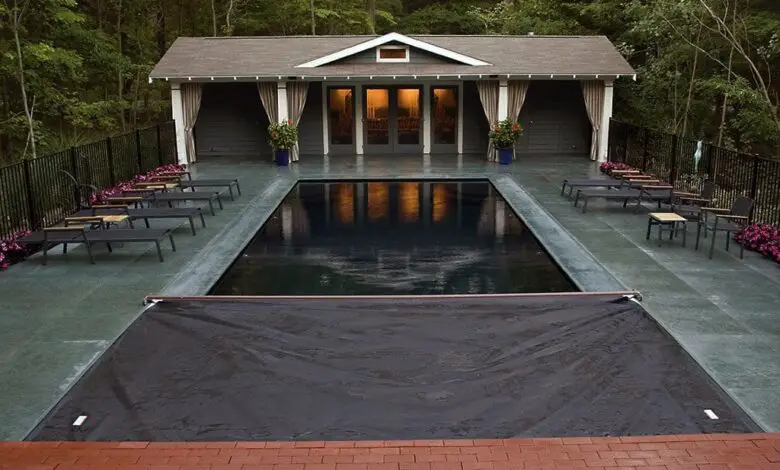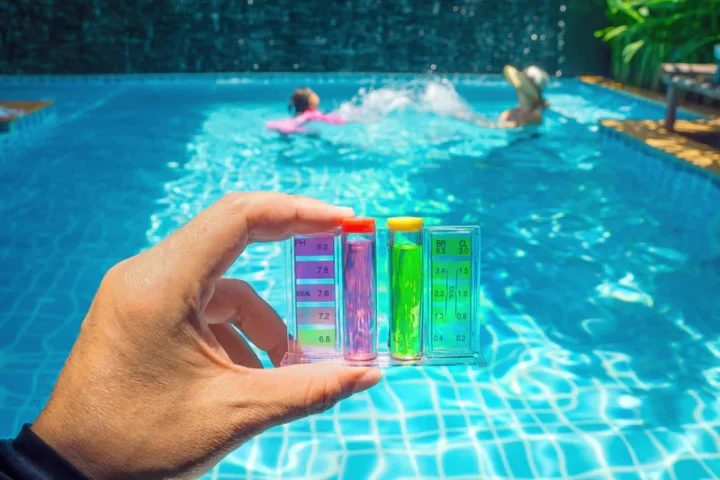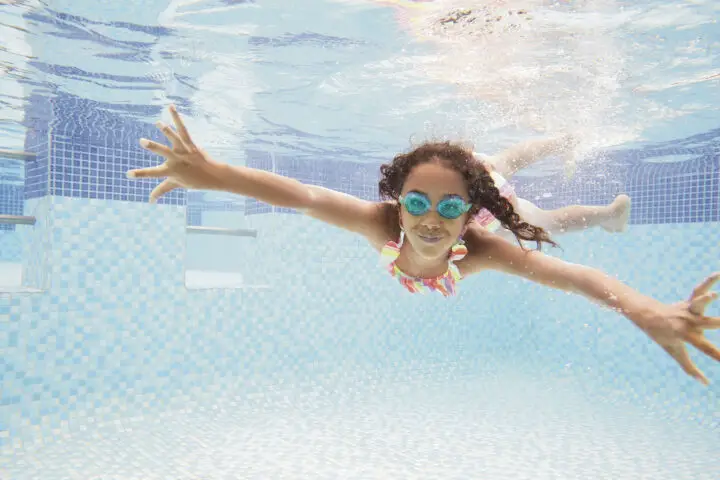
What is ‘shocking your pool’?
Swimming pool is supposed to have clear and sparkling water… sometimes though, have you ever thought that your swimming pool water ‘just doesn’t look right?’
Perspiration, urine, cosmetics, leaves, algae, and other contaminants get added to your pool on a regular basis. Shocking your pool regularly (every 1 to 2 weeks) keeps these contaminants under control and lowers the stress on your filtration and normal sanitisation process. These stresses are also present when your pool has been closed for the winter. Shocking your pool is a process that refers to adding chlorine (or non-chlorine) pool chemicals into the swimming pool in order to raise the “free chlorine” level. The goal is to raise this level to a point where contaminants such as algae, chloramines and bacteria are destroyed, roughly 10 times the combined chlorine level. Pool shock is an amplified cleaning process that uses multiple times the amount of chlorine used in regular cleaning.
How long until I can swim after shocking my pool?

The strong chemicals could harm the skin, so it is important to make sure you allow 8- 24 hours before swimming and test your chlorine and pH using a chemical test kit to see if they are in balance. Make sure your free chlorine level has returned to 3ppm or less. The reason you need to wait around 24 hours before going in the water, because the chlorine can cause reactions including symptoms like:
- Skin redness, tenderness, inflammation, and/or itchiness at the site of contact
- Skin lesions or rash
- Scales or crust on the skin
Whilst this is not an allergy it is actually “irritant dermatitis” (like a chemical burn), caused by hypersensitivity to this natural irritant. Chlorine is also very drying to the skin and can irritate existing dermatitis.
As a side note:
Chlorine may also indirectly contribute to other allergies by irritating and sensitising the respiratory tract. Studies have suggested that frequent swimming in chlorinated pools and exposure to cleaning products containing chlorine may increase the risk of developing asthma and other respiratory allergies, both in adolescents and in adults.
However it may not impact people with less frequent exposure. In fact, some studies have shown household use of chlorine bleach can actually reduce the onset of allergies to household allergens such as dust mites, possibly by inactivating allergens.
The ‘shock’ process: (how to shock my pool with granular chlorine)

The sun can burn off unstabilised chlorine, so shocking your pool at night will make sure the chemicals can work properly. The best time to ’Shock’ your pool is at dusk. Also keep in mind that you will not be able to swim for 24 hours, as the strong chemicals could harm the skin.
Did you know that the darker the algae, the more infestation has occurred. There are three levels: light green algae, dark green algae, black green algae. The darker the algae, the more chemicals you will need to ‘shock’ the swimming pool. Firstly it is worth testing the water to confirm it is worth shocking your pool. As well as physically checking the colour, using the strip, liquid or digital readers to get a good understanding of where your pool is at.
Make sure you know the litres/gallons of your pool so you can get the right amount of ‘shock’ based on the water volume. All manufacturers are different, but as an estimation, if we were to use regular pool chlorine with 60% chlorine purposes, we would roughly need 100g of chlorine for every 10,000L of pool water for shocking purposes. With that as a baseline, we can get a rough idea of how much we’ll need to shock the pool. If you feel unsure, speak to a professional for advice.
- Make sure the pump is running (before, during and after you add the shock to the water)
- Dissolve the granular chlorine shock in a bucket of water
- Pour the dissolved shock directly into the water, around the edges of the pool- ideally near a return jet
- If there are granules left in the bucket, dunk the bucket into the water near a jet to ‘blow out’ the rest of the solution into the water to dilute
- Using a pool brush, brush up any undissolved ‘shock’ that settles on the floor of the pool, to avoid any discoloration or staining on the pool surface.
- You will also need to clean your cartridge filter or backwash your sand filter and ensure your skimmer baskets and pump baskets are empty.
- Let the pump run for at least six hours or more
- Test and rebalance the water to ensure proper chlorine levels every day for 2-3 days afterwards
- Switch the filtration system back to normal operational procedure
- Remember to allow 8- 24 hours before swimming (wait for the free chlorine levels to drop to 1 to 3 ppm)
- Make sure you wear gloves and safety glasses while working with pool chemicals
- Store the ‘shock’ granules in a dry and safe place, keeping in mind it is extremely combustible, so keep away from flames.
Granular pool shock, such as calcium hypochlorite, can also be used in a saltwater pool, as well as the chlorinated pool. You can follow the basic steps above for shocking a chlorine pool, as it is the same with how to shock a saltwater swimming pool.
What’s next?

If you are considering shocking your swimming pool and you would like some additional guidance, our highly skilled team here at TheFibreglassPoolCompany can help. We can also help you if you have any questions regarding our range or would like additional information about chemicals and ‘shocking’ your pool. Please give us a call so we can put you in touch with the right people.

